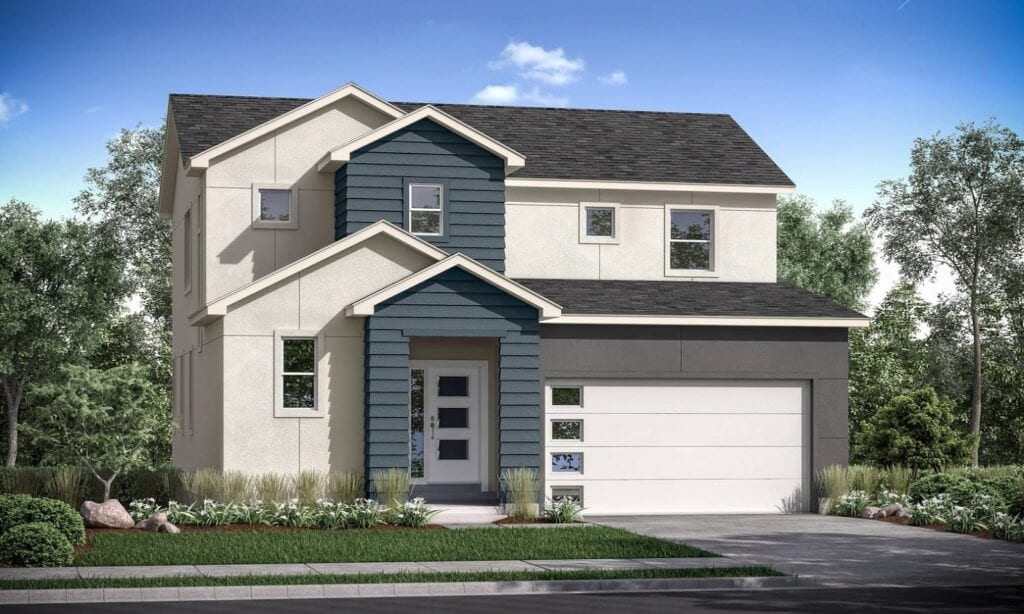3 Things to Notice When Maintaining Your Stone-Coated Steel Roof

Modern homeowners looking for cost-effective and durable roofing materials are turning to stone-coated steel roofs. Stone-coated steel offers the same stylish beauty as a clay or slate roof but at a fraction of the cost.
You don’t need to invest a lot of time and energy into maintenance to keep a stone-coated steel roof functional. One simple thing that you can do to maintain your steel roof is to perform regular visual inspections of your stone-coated steel roof.
Three potential problems can be spotted during a routine maintenance inspection. You should look for these issues so that you can invest in timely professional repairs whenever your stone-coated steel roof is damaged.
1. Granule Loss
One of the most common problems stone-coated steel roofs exhibit is a loss of granule coverage.
The granules on steel roofing serve a cosmetic purpose rather than a functional purpose. Granules come in a variety of colors that help camouflage the steel tiles and create a more seamless aesthetic for your home’s exterior.
Granule loss on a steel roof is likely caused by a failure of the adhesive holding the granules in place. Your roofing contractor will be able to color match your existing granules and order more from the manufacturer. The contractor will then apply a fresh layer of adhesive to hold the replacement granules in place.
Granule loss can leave your roof looking tired, so it’s best to have a professional roofing contractor replace missing granules as soon as you identify this problem on your roof in the future.
2. Bent Tiles
A second problem that you will want to look for as you maintain your stone-coated steel roof is the presence of bent tiles. Bent tiles are often the result of someone (like a painter or plumber) walking improperly on the roof surface.
Steel tiles will buckle under the pressure and weight of a person who steps on the center of a tile rather than along the bottom edge. Bent tiles not only disrupt the appearance of your home’s exterior, but they also create openings for water to infiltrate the roof decking that protects your home against leaks.
An experienced roofing contractor can make repairs by bending any damaged tile back into its original shape and anchoring the tile in place with a series of screws. All of the new screws are sealed with a polyurethane coating to prevent possible leaks in the future.
If a bent tile can’t be restored, it will be replaced by your roofing contractor.
3. Holes in Tiles
Your roof must be capable of withstanding constant exposure to the elements. A steel roof is durable enough to withstand most common weather conditions but is susceptible to damage caused by large hailstones, falling tree branches, and other significant hazards. Holes will appear when your steel tiles have been damaged.
No steel tile is able to prevent water from seeping into your home when its surface is punctured by a foreign object.
Small holes can usually be fixed with a specialized caulk product that fills the gap. Larger holes must be covered with sheet metal and sealed, or the tile with the large hole must be replaced.
Routine maintenance will allow you to spot holes quickly so that you can minimize the amount of damage these holes may potentially cause over time.
A stone-coated steel roof requires very little maintenance to preserve the integrity of the roofing materials. Routine inspections and the identification of potential issues will help you extend the life of your stone-coated steel roof well into the future.
Contact Aspen Roofing to learn more about stone-coated steel roofing today.
